@david-farkas
active 2 years ago-
David Farkas commented on the post, Leica Firmware 2.0 Released for D-Lux 7, C-Lux and V-Lux 5 5 years, 2 months ago
In reply to: David Farkas wrote a new post, Leica Firmware 2.0 Released for D-Lux 7, C-Lux and V-Lux 5 Today, Leica has released a firmware update for the full range of current Leica compact digital cameras, including the D-Lux 7, C-Lux and V-Lux 5. The headlining feature of firmware version 2.0 is the improvement […]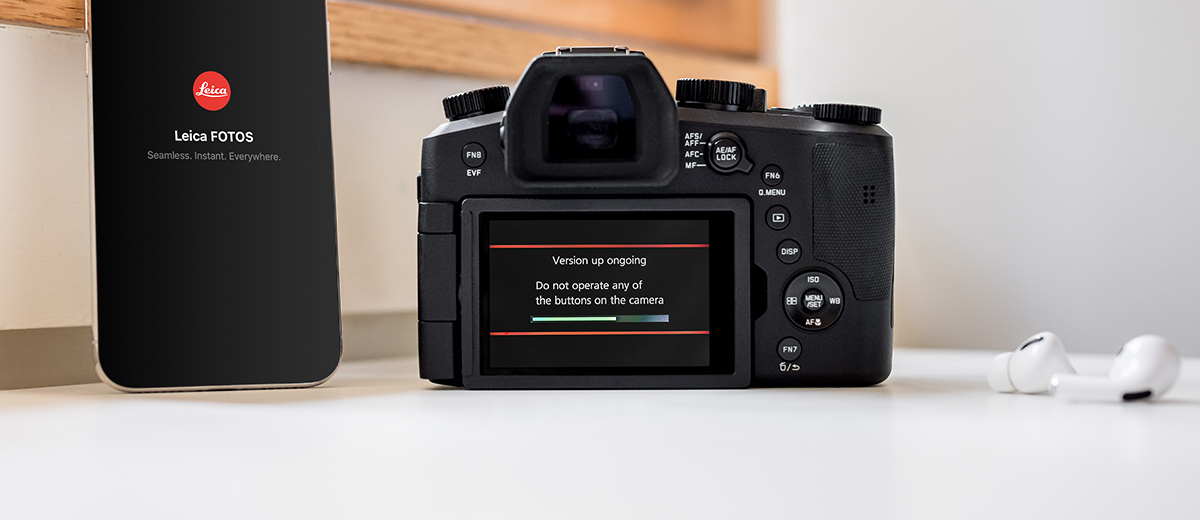 View
View
The firmware file needs to be placed at the top level (also known as the root directory) of the SD card, not inside the DCIM folder. If it's inside any folder, the camera can't see it.
-
David Farkas wrote a new post, New Leica SL2 Prime and Vario Bundles 5 years, 3 months ago
Today, Leica has announced two new SL2 bundled kits. The Leica SL2 Prime Bundle comes with the exceptional Summilux-SL 50mm f/1.4 ASPH, while the Leica SL2 Vario Bundle includes the versatile and outstanding […]
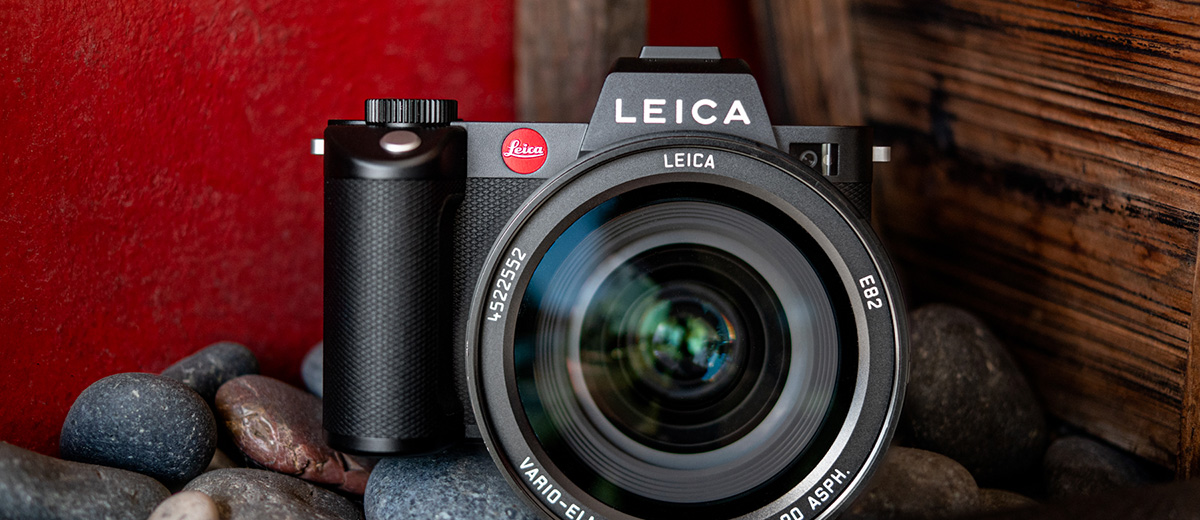
-
David Farkas commented on the post, B&W ISO Showdown 2020: Leica M10 Monochrom vs. M Monochrom (Typ 246) vs. M10-P vs. SL2 5 years, 3 months ago
In reply to: David Farkas wrote a new post, B&W ISO Showdown 2020: Leica M10 Monochrom vs. M Monochrom (Typ 246) vs. M10-P vs. SL2 Shortly after the M Monochrom (Typ 246) was introduced back in early 2015, I published an article comparing it to an M (Typ 240) with its color files converted to black and white to see if high ISO performance […]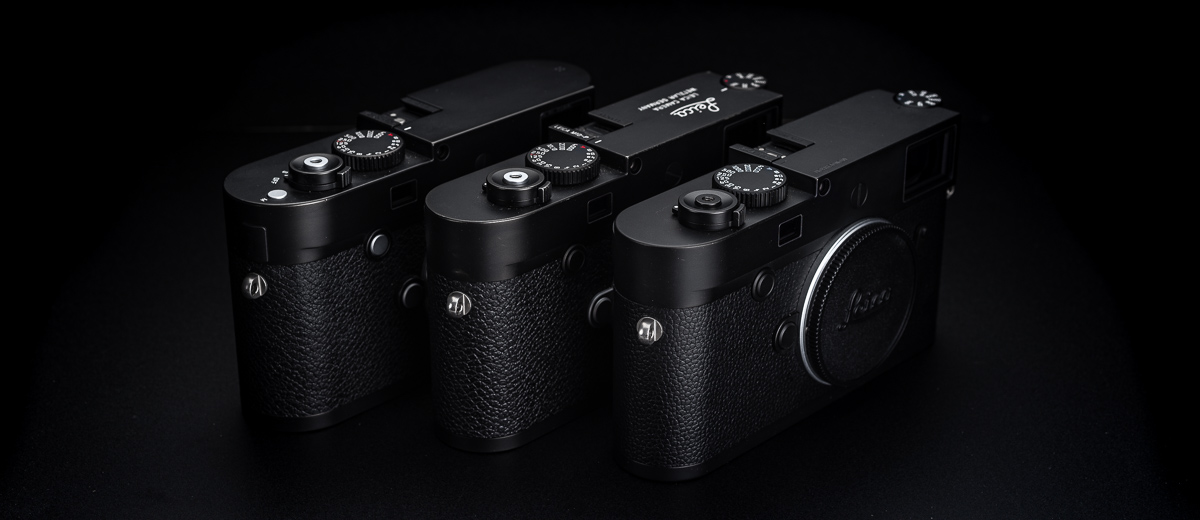 View
View
If you really want to simplify, I'd suggest just going for an M10 or M10-P. You'd get dramatically better image quality and usable ISO range verses both your M9 and the Nikon DF. As you can see from the testing, the M10-P is extremely capable for B&W work and it excels at color. You can set the picture style to Monochrom and still get full color…[Read more]
-
David Farkas commented on the post, Leica APO-Summicron-SL 35mm f/2 ASPH Review: Single-Lens Setup in the Boundary Waters 5 years, 3 months ago
In reply to: Kirsten Vignes wrote a new post, Leica APO-Summicron-SL 35mm f/2 ASPH Review: Single-Lens Setup in the Boundary Waters It’s no secret: I like to travel light. If you’ve read any of my previous articles such as Five Countries, One Camera: Travels with the Leica Q or Two Weeks in India with the Leica CL: Getting out of my Comfor […] View
View
After reading the DXOMark review for the 35SL, I would say it was rated poorly – it is in their top 10. They said that it was sharper wide-open than every other 35mm, that it had no measurable distortion, the highest correction of CA and that it transmitted more light than most f/1.8 lenses. The one place I wouldn't agree with their assessment was…[Read more]
-
David Farkas commented on the post, Firmware v4.0 for Leica CL Released 5 years, 3 months ago
In reply to: David Farkas wrote a new post, Firmware v4.0 for Leica CL Released Today, Leica has released a new firmware update for the Leica CL mirrorless camera. This update adds the touch menu interface now standard on the SL2 and Q2, which I've found to be extremely handy for day-to-day […]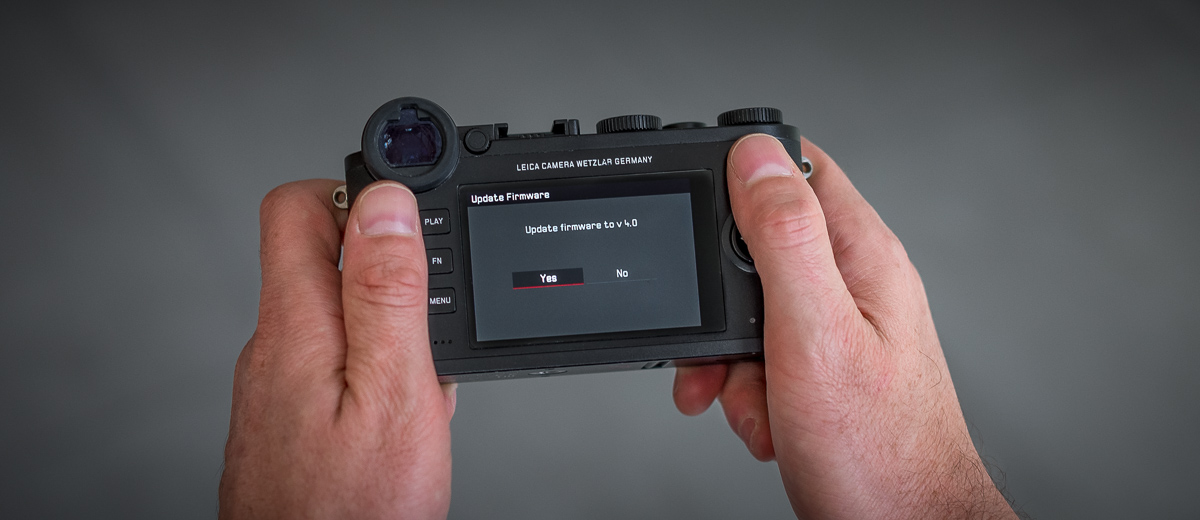 View
View
When you click the link, the firmware file should download to your computer. Once complete, you drag the single file named CL___40_.lfu to your SD card. Make sure that it isn't in a folder, but at the top level of your SD card.
-
David Farkas commented on the post, Leica Firmware 2.0 Released for D-Lux 7, C-Lux and V-Lux 5 5 years, 3 months ago
In reply to: David Farkas wrote a new post, Leica Firmware 2.0 Released for D-Lux 7, C-Lux and V-Lux 5 Today, Leica has released a firmware update for the full range of current Leica compact digital cameras, including the D-Lux 7, C-Lux and V-Lux 5. The headlining feature of firmware version 2.0 is the improvement […] View
View
You don't want to try to open the file on your computer. Simply drag it to an SD card, then insert into your camera. It should not be in any folder.
-
David Farkas commented on the post, Leica CL Review: The Perfect Travel Camera 5 years, 3 months ago
In reply to: David Farkas wrote a new post, Leica CL Review: The Perfect Travel Camera When the Leica CL was introduced a little over a year ago, the APS-C mirrorless camera joined an already full Leica roster, sharing many similarities with its siblings. Functionally equivalent to the then very […]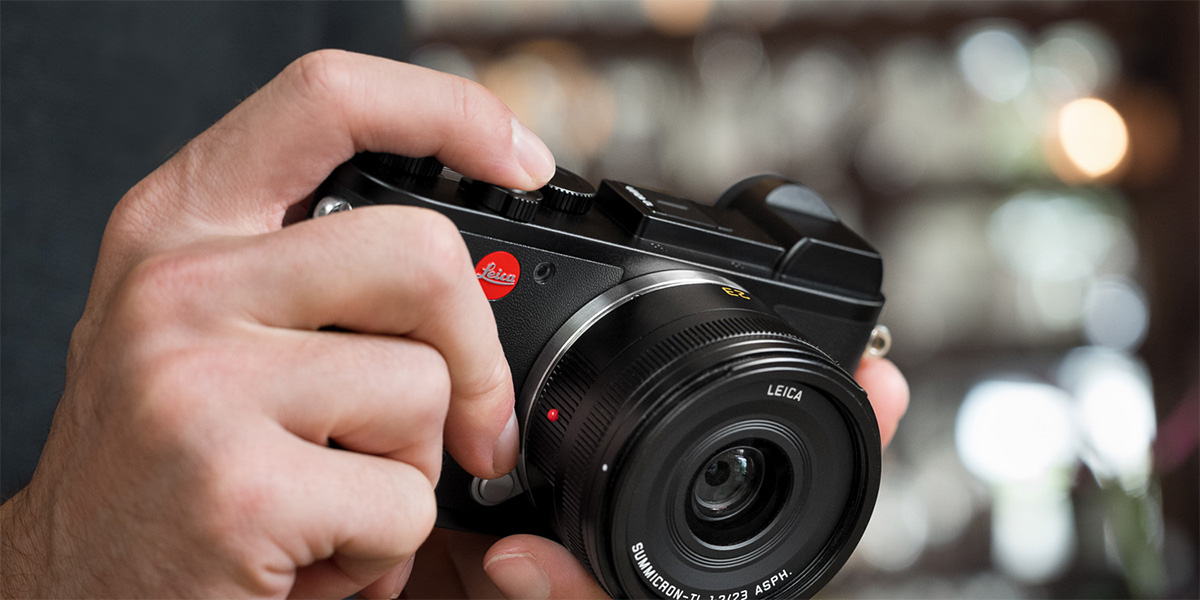 View
View
The APO-Vario-Elmar-TL 55-135mm is equivalent to an 80-200mm in full-frame, yet only weighs 500g or around one pound. Really, that would be your best option.
-
David Farkas commented on the post, Leica Adds Three More SL Prime Lenses to Roadmap 5 years, 3 months ago
In reply to: David Farkas wrote a new post, Leica Adds Three More SL Prime Lenses to Roadmap At the press event today, Leica announced three new SL lenses. Slated to be released in 2020, these new optics will add fast, wide-angle primes to the system. With focal lengths of 21, 24 and 28mm, all lenses […]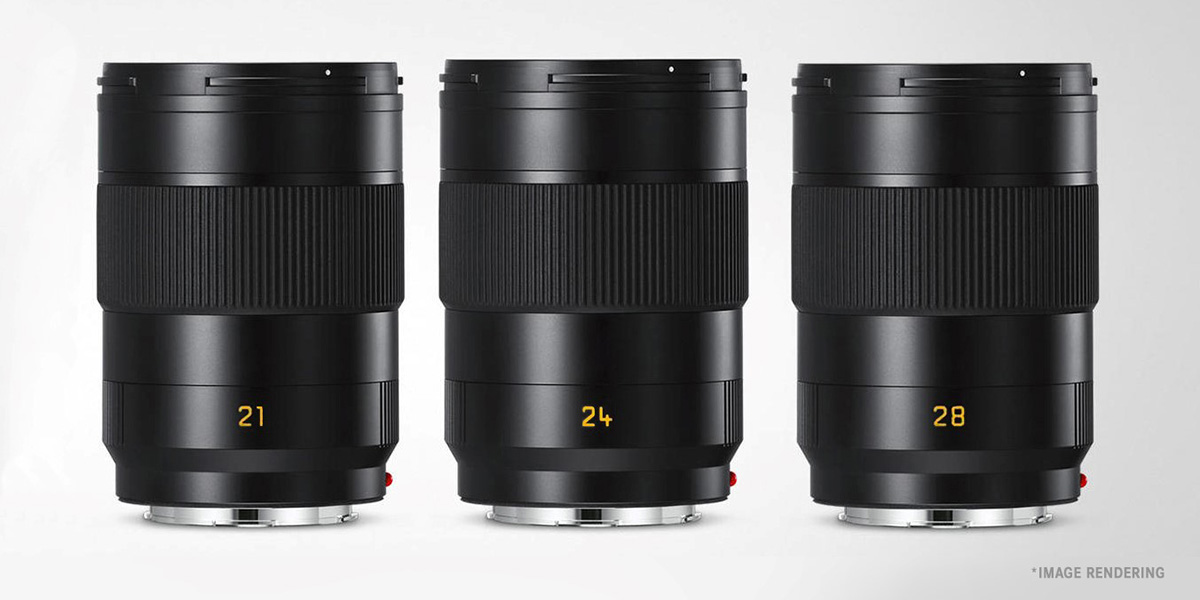 View
View
My guess is that due to the current situation, theses lenses will most likely get pushed back to 2021. But, that's just an educated guess.
-
David Farkas commented on the post, Leica Introduces ‘Made in Portugal' M Lenses at Lower Pricing 5 years, 3 months ago
In reply to: David Farkas wrote a new post, Leica Introduces 'Made in Portugal' M Lenses at Lower Pricing Today, Leica has announced that they will be offering a series of Made in Portugal M lenses. Nine of the most popular M lenses will be produced at Leica's factory in Portugal, in addition to the standard […]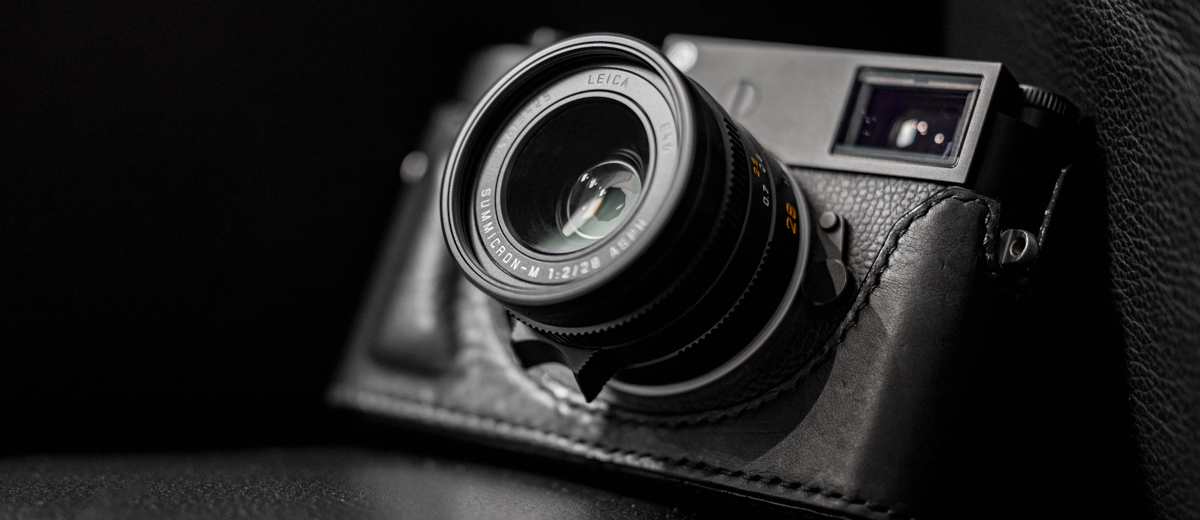 View
View
While Leica has maintained a facility in Portugal, historically, they've made mechanical components for cameras and lenses, as well as producing many of the sport optics products. These lenses mark the first time that M lenses will have been produced there.
-
David Farkas commented on the post, Leica Adds Three More SL Prime Lenses to Roadmap 5 years, 3 months ago
In reply to: David Farkas wrote a new post, Leica Adds Three More SL Prime Lenses to Roadmap At the press event today, Leica announced three new SL lenses. Slated to be released in 2020, these new optics will add fast, wide-angle primes to the system. With focal lengths of 21, 24 and 28mm, all lenses […] View
View
Delayed due to ‘global circumstances', but still coming!
-
David Farkas wrote a new post, Leica Introduces ‘Made in Portugal' M Lenses at Lower Pricing 5 years, 3 months ago
Today, Leica has announced that they will be offering a series of Made in Portugal M lenses. Nine of the most popular M lenses will be produced at Leica's factory in Portugal, in addition to the standard […]

-
David Farkas wrote a new post, Firmware v4.0 for Leica CL Released 5 years, 3 months ago
Today, Leica has released a new firmware update for the Leica CL mirrorless camera. This update adds the touch menu interface now standard on the SL2 and Q2, which I've found to be extremely handy for day-to-day […]

-
David Farkas commented on the post, Lightroom Presets for Leica Cameras 5 years, 4 months ago
In reply to: David Farkas wrote a new post, Lightroom Presets for Leica Cameras I’ve taken advantage of Develop Presets when importing and processing my Leica DNG files since switching to Adobe Lightroom in 2009. Presets aren’t complicated. They are simply a saved set of instructions, a rec […]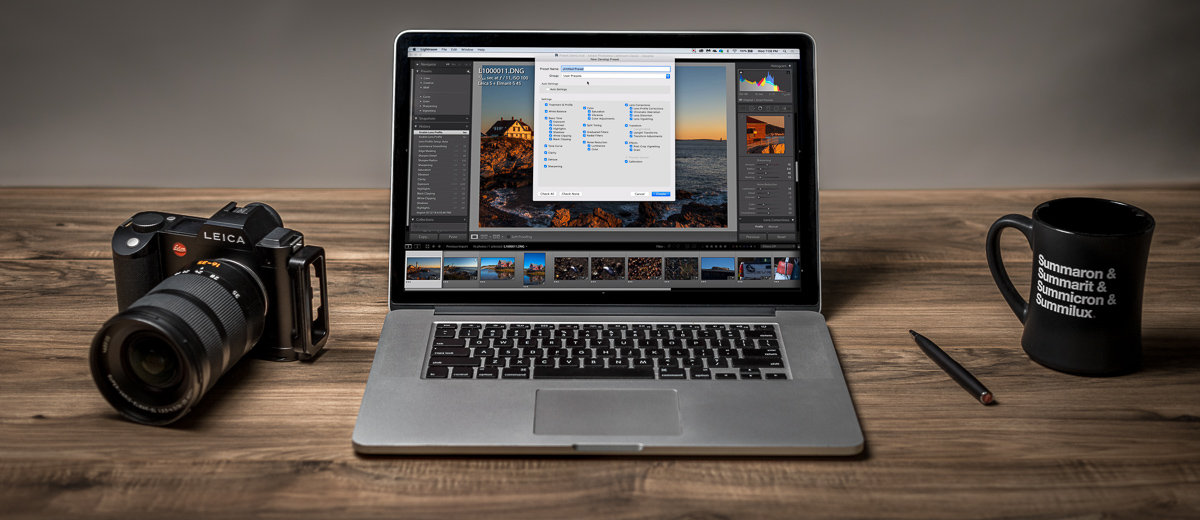 View
View
No bug. I tend to expose for the highlights, which often means underexposing by 2/3-1 stop. So, I do build that in to my preset. The added exposure is also there to counteract some of the other corrections tendency to pull the image darker than intended.
-
David Farkas commented on the post, B&W ISO Showdown 2020: Leica M10 Monochrom vs. M Monochrom (Typ 246) vs. M10-P vs. SL2 5 years, 4 months ago
In reply to: David Farkas wrote a new post, B&W ISO Showdown 2020: Leica M10 Monochrom vs. M Monochrom (Typ 246) vs. M10-P vs. SL2 Shortly after the M Monochrom (Typ 246) was introduced back in early 2015, I published an article comparing it to an M (Typ 240) with its color files converted to black and white to see if high ISO performance […] View
View
As you can see from the testing, the M10-P converted to B&W holds up very well here and is indeed a great option. Turning on Monochrom in the menu will just enable a B&W preview during live view and record B&W JPG files if you are shooting JPG or DNG+JPG. But the DNG files are full color. You will need to convert in Lightroom.
-
David Farkas commented on the post, Leica CL Review: The Perfect Travel Camera 5 years, 4 months ago
In reply to: David Farkas wrote a new post, Leica CL Review: The Perfect Travel Camera When the Leica CL was introduced a little over a year ago, the APS-C mirrorless camera joined an already full Leica roster, sharing many similarities with its siblings. Functionally equivalent to the then very […] View
View
I really like the smaller size and faster aperture of the 18mm, so that's the way I would go personally. The zoom is a very flexible option if you only want to carry one lens though.
-
David Farkas commented on the post, The Definitive Guide to Leica S Lenses 5 years, 4 months ago
In reply to: David Farkas wrote a new post, The Definitive Guide to Leica S Lenses With the recently introduced Leica S3 now finding its way into the market, many photographers are taking a fresh look at the S-System. And while much of the attention is focused on the fourth-generation medium […]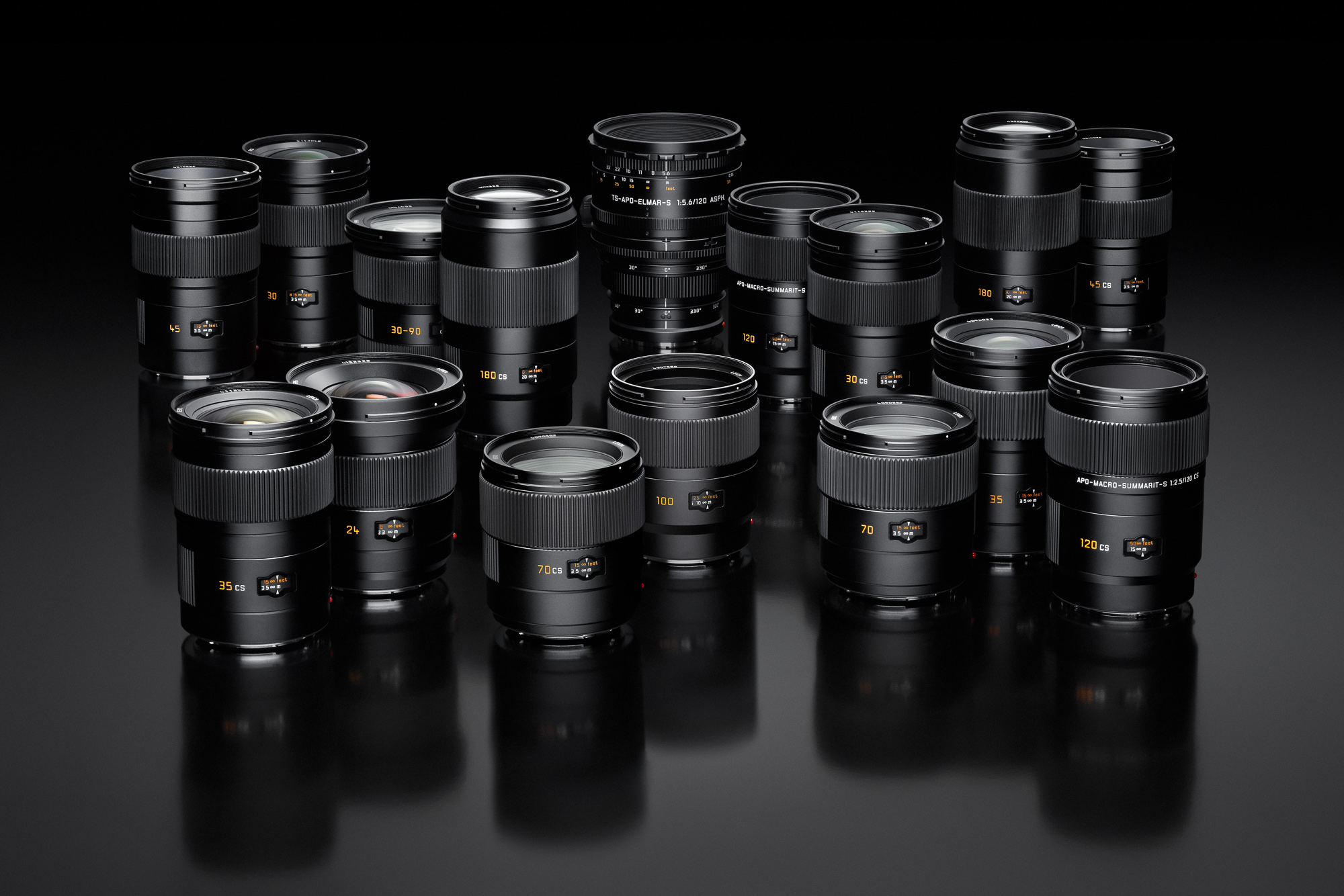 View
View
Just to clarify further. When adapted to your SL2, the 100mm f/2 Summicron-S will behave exactly as a 100mm f/2. There would be no equivalent DOF conversion nor focal length conversion.
-
David Farkas commented on the post, The Definitive Guide to Leica S Lenses 5 years, 4 months ago
In reply to: David Farkas wrote a new post, The Definitive Guide to Leica S Lenses With the recently introduced Leica S3 now finding its way into the market, many photographers are taking a fresh look at the S-System. And while much of the attention is focused on the fourth-generation medium […] View
View
You are correct. The marked focal length will behave as such on an SL. A 100mm S lens is a 100mm lens on your SL. On the S, it has the field of view of an 80mm, but the look of a 100mm. So, compared to the 90mm, you will be getting a slightly longer 100mm lens, with a bit more compression and a bit narrower field of view.
-
David Farkas commented on the post, Leica Announces M10-R with 40 Megapixels 5 years, 4 months ago
In reply to: David Farkas wrote a new post, Leica Announces M10-R with 40 Megapixels Today, Leica has announced the M10-R, a new addition to the M10 lineup. Featuring a 40 megapixel CMOS sensor, the digital rangefinder carries forward the features and solid ergonomics of the current […]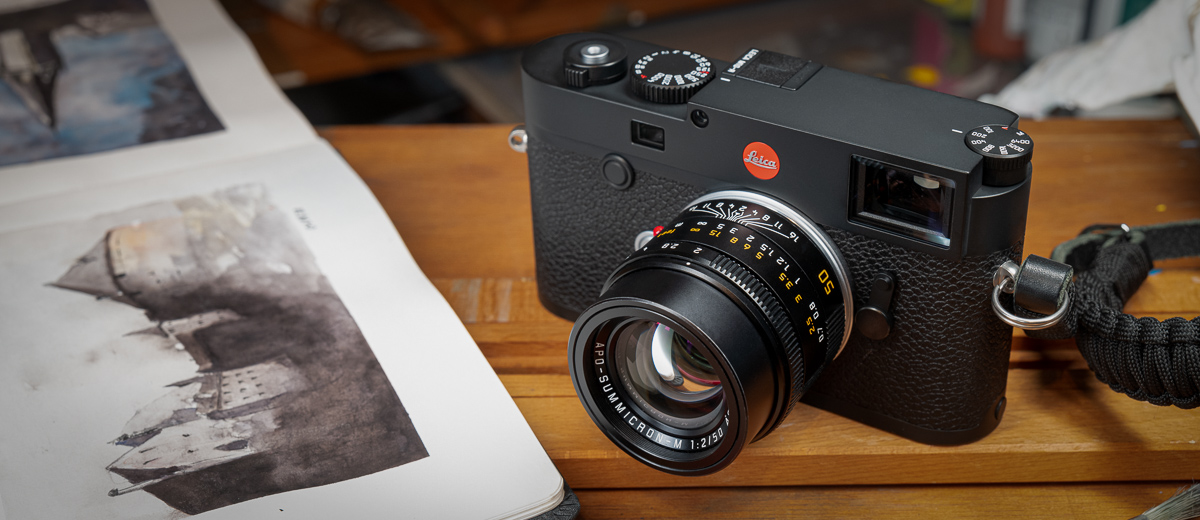 View
View
You are correct. The Maestro II image processor remains the same from the M10 to the M10-R. As does the 2GB buffer. The camera's shooting speed is related more to the sensor itself, which offers almost the same burst rate as the M10. But due to the much larger file sizes, the buffer depth is reduced from 22 shots to 10. Also, writing to the SD…[Read more]
-
David Farkas commented on the post, Leica Announces M10-R with 40 Megapixels 5 years, 4 months ago
In reply to: David Farkas wrote a new post, Leica Announces M10-R with 40 Megapixels Today, Leica has announced the M10-R, a new addition to the M10 lineup. Featuring a 40 megapixel CMOS sensor, the digital rangefinder carries forward the features and solid ergonomics of the current […] View
View
I suppose the answer depends on the desired output. No book printing using CMYK offset is going to do full justice to photograph. The medium is limited by its nature of a four color additive process. This is why high-end inkjet printers have 10 or more colors, to boost the available color gamut. If you are looking for prints, then…[Read more]
-
David Farkas commented on the post, Using M Lenses on the Leica CL: New City, New Camera, Familiar Glass 5 years, 4 months ago
In reply to: Luis Mora wrote a new post, Using M Lenses on the Leica CL:
New City, New Camera, Familiar Glass I’m never without a camera on my shoulder. No camera, no pictures. Everyday moments are there to be captured, and I’m always ready. Some mornings, that familiar analog itch hits. I grab my trusty, battle-worn M6, […]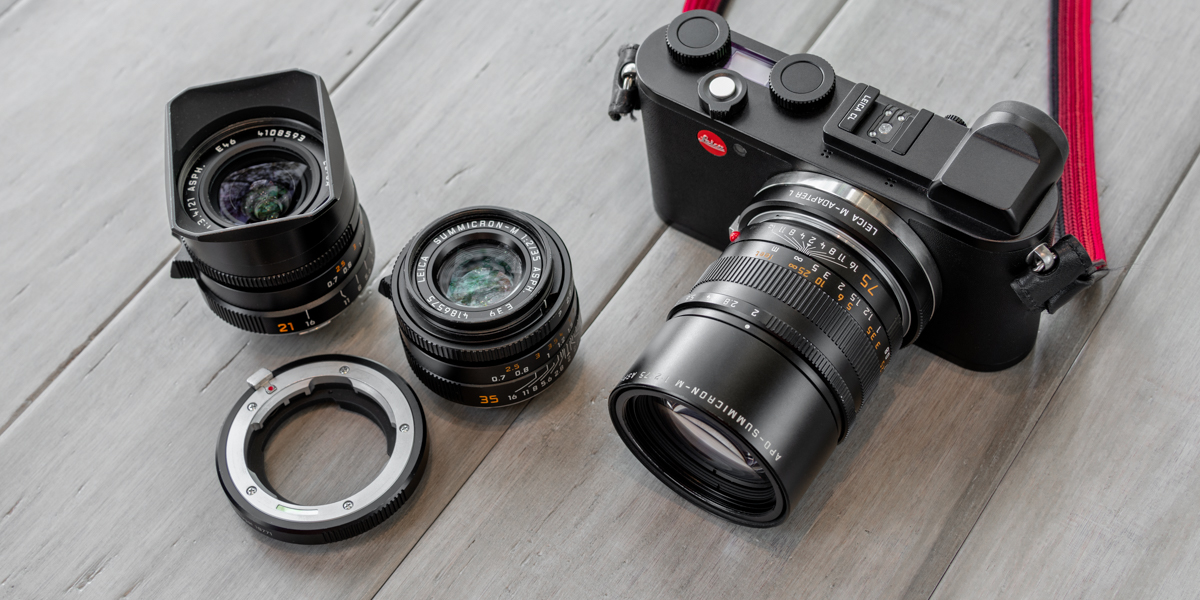 View
View
Just about every image that is posted on the site has been shot in DNG and edited in Lightroom. The CL is a great camera, but ultimately, to get the best looking images, shooting in DNG is the preferred method. To help get most of the way there, I did publish a suite of Lightroom presets for every Leica digital camera. You can check that out here:…[Read more]
- Load More

The 50 Lux focus speed has been improved significantly with subsequent lens firmware updates following release. Is it bigger than the 50 APO-Summicron? Absolutely, but the Lux offers a truly unique rendering among SL lenses.